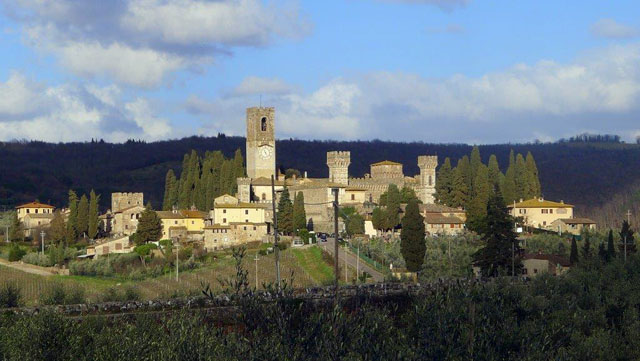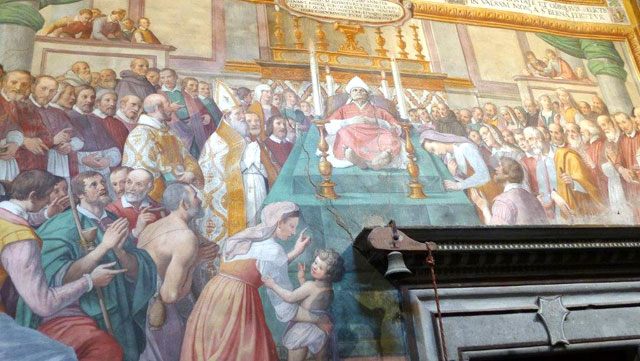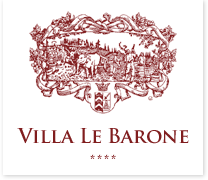
Three days to discover Tuscany from Chianti, with three itineraries and routes that will take you off the beaten track, with visits to medieval and Renaissance villages and castles, and with breathtaking landscapes.
Tuscany is not only Florence, Siena and San Gimignano, and this is why we have prepared for our guests itineraries on small roads to discover a little-known but superb Chianti and surroundings: discovering small Romanesque churches, ancient hamlets and medieval castles, and soaking in the wonderful scenery.
Here’s an example of an itinerary: from Villa le Barone, after having crossed the village of Panzano in Chianti, you follow the superb road leading to Badia a Passignano, an abbey founded in 1073 by Vallombrosians monks. It is a monumental complex which includes a cloister and a church, and holds numerous works of art, including frescoes (in particular a “last meal” by Ghirlandaio), and a wooden inlaid choir. You will never forget the views when you arrive at the Abbey! After Passignano, you continue to descent towards Sambuca and San Donato in Poggio and then go to Tignano, a charming 12th-century fortified town, with a delightful little place with its ancient well, its church, his palace …

Barberino Val d’Elsa, a medieval town that remained intact on the old Roman road “Cassia”, is the next stop. This town was a strategic military base in the 11th 12th century, when the 2 cities, Siena and Florence, were combatting each other. With the economic prosperity of the 13th and 14th centuries, Barberino hosted merchants and pilgrims on their way to Rome.
Following the road towards Certaldo, you continue on an area of war and clashes between Sienese and Florentines, always with beautiful landscapes. Shortly after Petrogagno, you will be surprised by the Chapel of San Michele, built in 1597 on what was probably the center of Semifonte, a town of over 300 families, completely destroyed in 1202 by the Florentines, who subsequently banned any reconstruction. This not until the 16th century that they gave permission to build the octagonal chapel of San Michele, whose dome is a replica, with a reduction to 1/8, of the dome of Brunelleschi in Florence. Another way of showing Florence’s domination!
And finally it is the arrival in Certaldo, a red brick medieval fortress overlooking the valley. It was in this city that Boccaccio, author of the famous Decameron, lived. The lower town is of little interest, but the funicular will take you to the upper town, wonderfully intact, with its small squares, narrow streets, palaces, museums, churches, cloisters, and craft shops.
After having visited Certaldo, the itinerary leads to Sant’Appiano and its Romanesque church. The four columns of the ancient baptistery built on the remains of a pagan temple, the very steep stairs leading to the church, the garden with its cypresses, the group of buildings around the church, the small cloister, the interior of the church, makes this one of the most evocative of Tuscany.
And finally, back to Villa le Barone trough Poggibonsi, Olena, Monsanto, San Donato, La Piazza, and Sicelle! Time to go to the pool and to have a nice drink!
